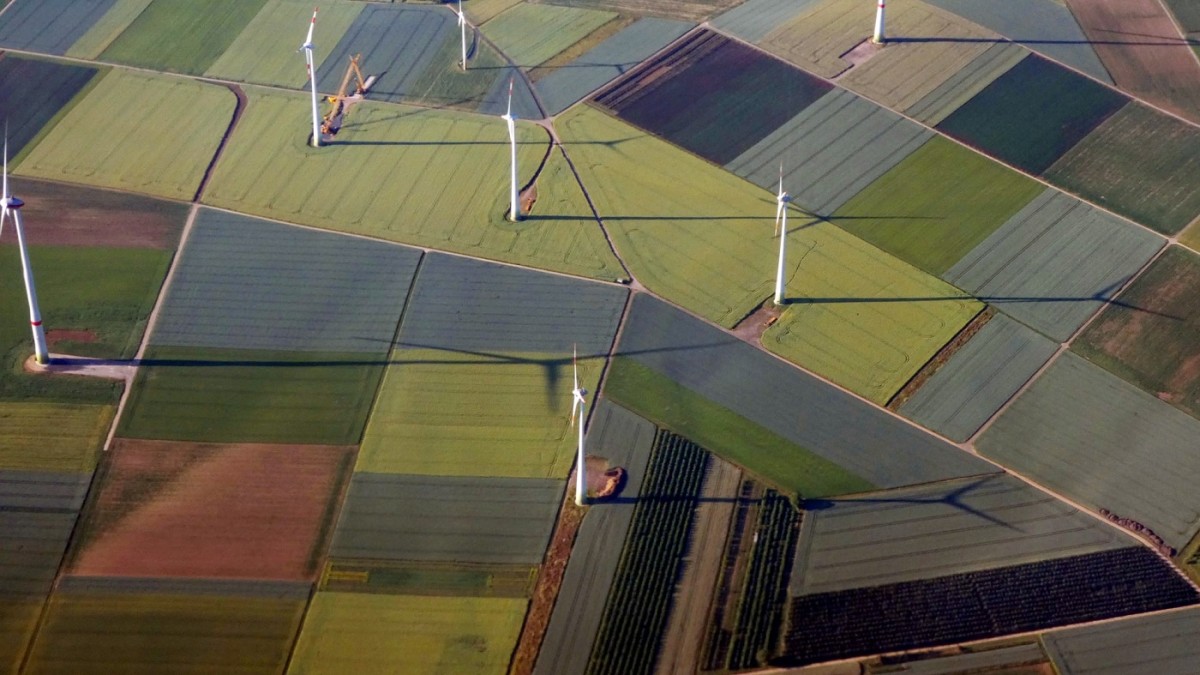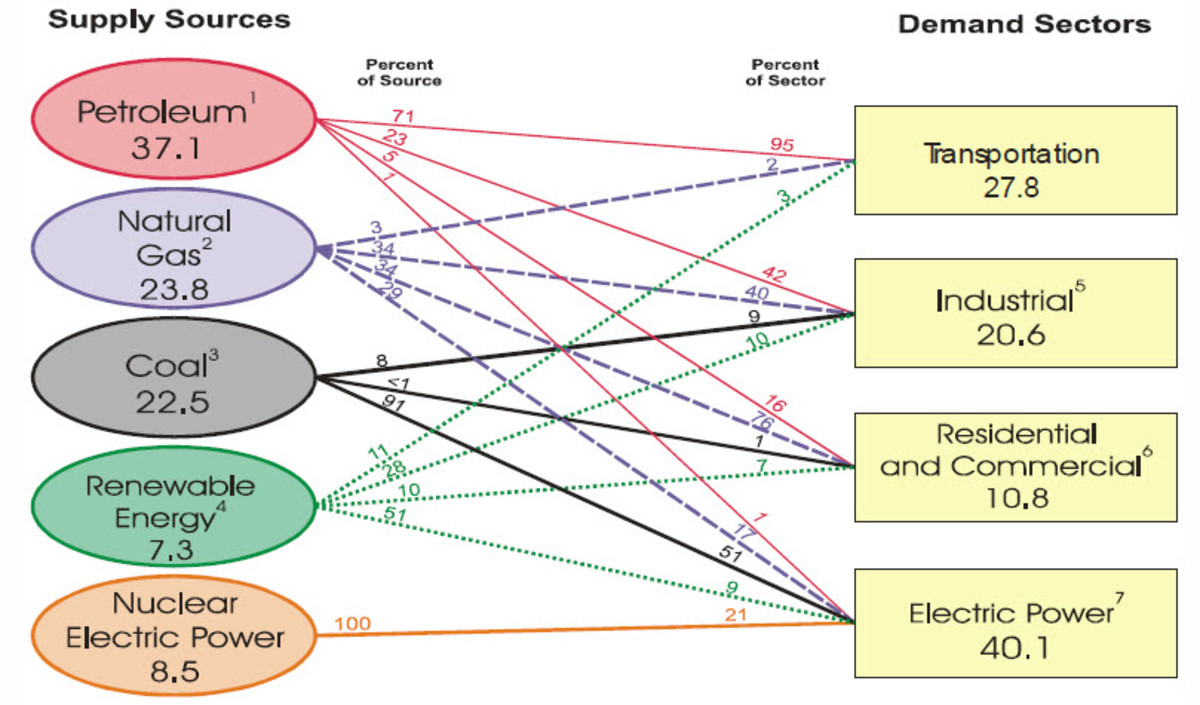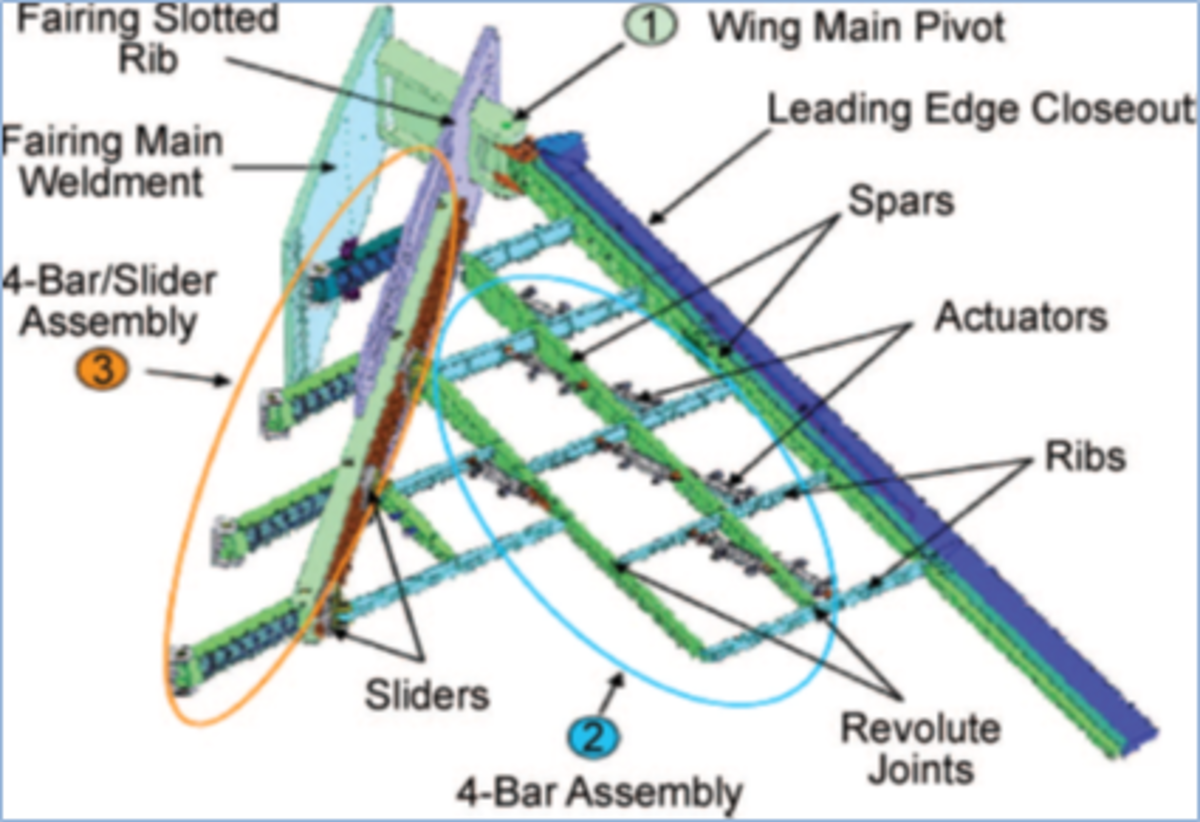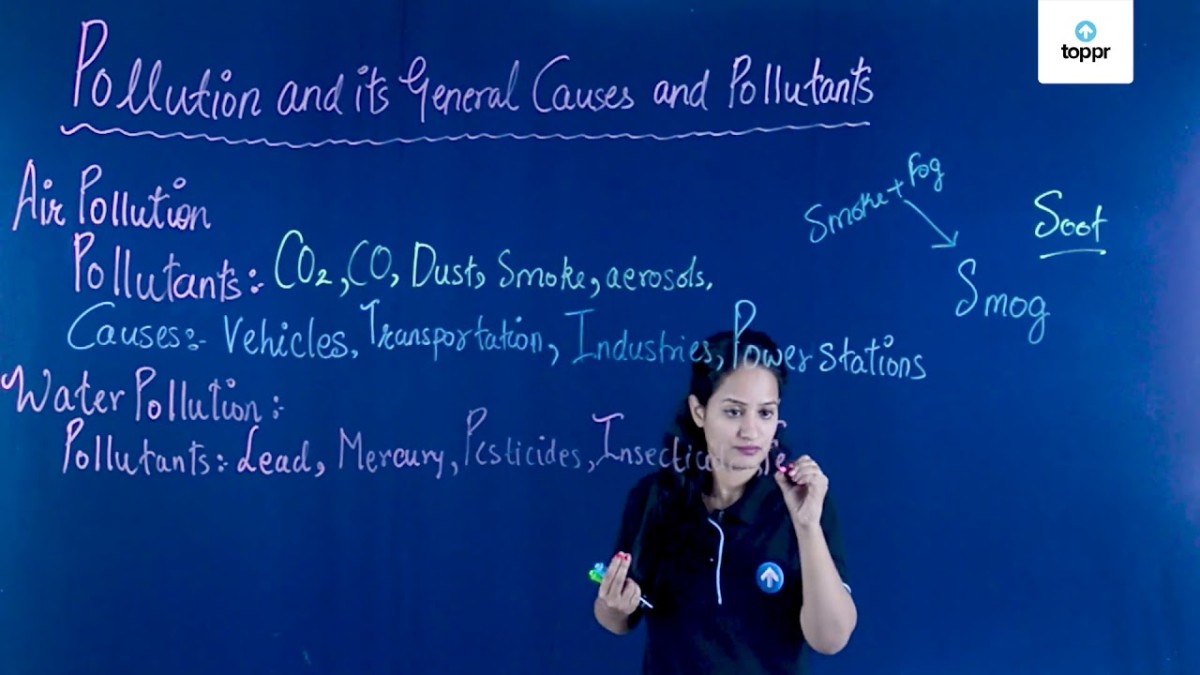Dubious Green Technology | Some really bad ideas to save the World
The science is suspect...yet people are buying it
Given the sustainability hype, technology based on really shaky science are being touted as green. Dubious green technologies, they are part greenwash, part misguided, and a whole lot of ignorance on the part of the consumer. This article hopes to point out some glaringly suspect claims.

Piezoelectricity
Piezoelectric materials have the property to produce electric power in
response to applied mechanical stress. What does that gibberish mean?
Simply put, it means that if you step on a piece of piezoelectric
material or add weight to it, it produces electricity. This is based on
solid science all right.
The dubious part comes in it's application. One fine day, someone had a
great idea and said, "Hey why don't we put these stuff under busy roads
and then wah lah! All that weight from passing vehicles would produce a
heck of a lot of electricity - for free!" In concept, it sounds great.
There are other variations of such an idea. There has been actual
applications in Japan where piezoelectric material were places at the
gantries of busy subway stations to harness the power of human traffic.
This extended to placing it onto corridors along workplaces.
Why is it a dubious technology?
Due to all that weight and friction that pound the asphalt everyday,
the roads are subjected to tremendous amounts of wear and tear.
Piezoelectric materials face the same amount of damage, and this is
almost guarantee an extremely negative rate of return due to material
replacement.
Current production rate from piezoelectric materials are in the range
of minivolts. (0.01 volts) Try powering your tv on that. There are also
issues of how to store the energy produced. When taken into
consideration the energy taken to really implement such a scheme, the
nett effect is suspect at best.
Instead, a simpler solution is to focus all that money to getting people off cars in the 1st place!
Verdict: Piezoelectricity is presently at best a green gimmick.
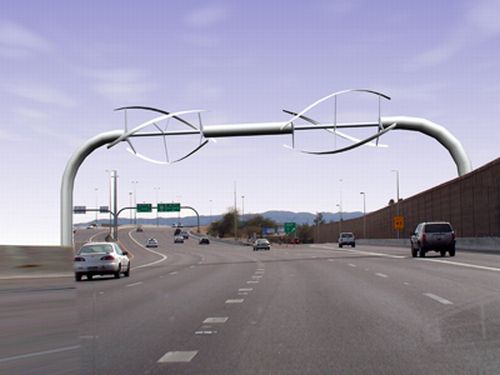
Highway wind turbines
The reason why so many dubious schemes presented as green technology
are related to cars and highways. The simple reason? We see so much
inefficiency there that we can't help but want to do something about
it. (For some, to promote some really crap product to make a quick buck)
The idea is simple. When vehicles whizz by on the highway, wind is
generated. Now all that wind is sitting there going to waste. Why not
let's build wind turbines along the highways to harvest all that extra
wind that is going to waste? Moreover, it's a guaranteed source of wind
unlike having to depend on fickle nature?
Sounds great, but it's really in reality a very very lousy idea. Why?
Apparently no one remembers Newton's Law on the Conservation of Energy.
It states that energy cannot be created or destroyed. Is there really
anything in the world that we can get for free? Even our natural wind is
powered by the Sun, which will in the end run out fuel and die in about
a gazillion years. (You don't have to panic, unless you intend to live
till then.)
All that wind was created by something, which is converted from the
kinetic energy of the cars. The cars burn fossil fuel to move. Hence,
the that wind was actually converted from combustion of fossil fuels.
What those wind turbines are actually doing is to increase air
resistance. Means that the cars are actually burning MORE fuel just to
move along at the same speed! Great stupidity in that don't you think?
We are simply adding to the layers of inefficiencies and patting
ourselves on the back.
A piece of really dubious "green" technology.
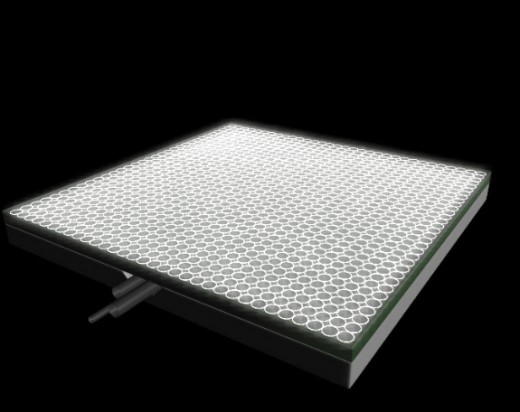
Solar highways
ANOTHER highway scheme. Now you know how awful our present dominant
mode of transport is when everyone wants to make a living off it.
Similar to piezoelectricity, the idea is to have solar panels on the
roads since they cover so much land area and are for most part totally
open to the sky. What better opportunity to tap the power of the sun?
That is exactly what some companies are proposing, to the tune of $7000
per sq foot. Apparently, tearing up millions of kilometers of track and
replace them with solar highway panels would do the Earth and us in
general a whole lot of good. Embodied energy, wear and tear, payback
period, storage issue, reliability issues, maintenance issues, somehow
all these becomes mere inconveniences rather than real problems.
Now that's a whole load of bull.
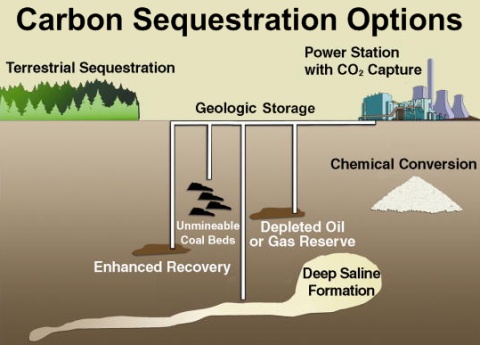
Carbon Sequestration (Carbon capture and storage [CSS])
Our planet is slowly dying. A reason for that is the amount of carbon
emissions that all of us pump out into the atmosphere. Now, what if we
can capture all of that carbon, and store it somewhere out of sight?
(Think of it as sweeping the problem under the carpet) This, is the
basis for carbon sequestration.
The International Energy Agency recently estimated that to limit global
warming to 2 degrees would require 100 CSS plants by 2020, 850 by 2030
and 3400 by 2050. Scientists claim that the technology is ready. The
issue lies in the price tag for such plants. For CSS to be viable, the
cost of carbon emissions would have to rise to $60 a tonne, and require
a 78% jump in electricity prices.
Why is CSS a dubious piece of green technology? This is because it is
based upon unchecked optimism, based upon betting big on an unproven
costly solution. Every billion dollar placed on CSS means a billion
lost on more worthwhile causes and more proven technologies like
geothermal, solar and wind.
Ultimately, if an simpler, cheaper and easily available option is present, use it. Keep it simple, stupid.
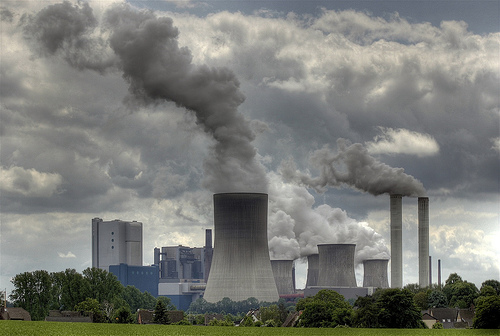
Clean Coal Technology
Related to CSS, clean coal is as green as claiming to have invented
healthier cigarettes. The theory is that by chemically washing the
coal, gasification processes and scrubbing the exhaust, it is possible
to extract power from coal with higher efficiency and less pollution.
Classic greenwash from the coal industry.
The main problem is that it has an unproven track record, the
environmental damage due to mining and that ultimately, it is still a
pollutive fossil fuel.


